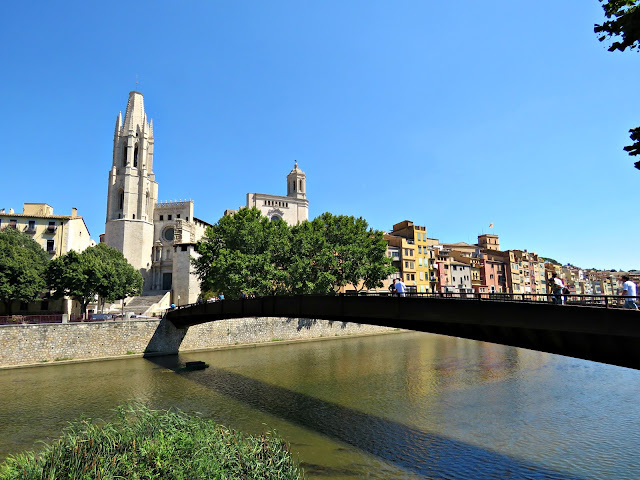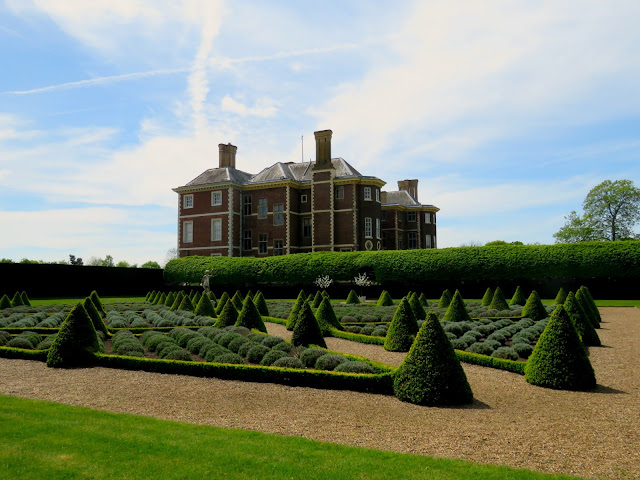Yesterday I went for the first time to a meeting of the
Knitting History Forum. I'm an avid knitter and a keen social historian, so it was always guaranteed to be something that I would find interesting. What I wasn't prepared for was the colourful cast of characters, with strong and
very well-informed opinions, who made up the audience. Yes, the speakers were interesting, but the folk scattered around the room were brilliant. They listened attentively, needles clicking as the speakers talked, and then asked incisive questions, and chipped in with additional information from learned papers and books that they'd written on related themes themselves.
Here in London I'm an enthusiastic lecture attendee, but I've never been part of an audience in which every other person brandished knitting needles as they listened. Of course it makes total sense that they should be multitasking in this way. Indeed educational psychologists often suggest that having something to
fiddle with whilst you listen helps the information go in, and so many of us (self included) enjoy our favourite television programmes curled up on the sofa working as we watch.
We had lectures about Frisian lace making, the publication of knitting and crochet patterns in northern Europe from 1790 to 1870 and debunking the myths around Shetland lace making. The speakers included a museum curator from the Fries Museum in the Netherlands and a clutch of academics.
Listening in the audience were no lesser authorities on the subject that Professor Sandy Black of the London College of Fashion and author of (amongst other books) the wonderful Knitting: Fashion, History Craft, which is one of my favourite reference books, Dr Jane Malcolm-Davies, author of the Tudor Tailor, Dr Angharad Thomas of
Knitting Gloves, who is the Textiles Archivist at the Knitting & Crochet Guild and Joyce Meader of the
Historic Knit.
We had been invited to watch two recent documentaries on the history of knitting to which several members of the audience had contributed before attending, so that we could talk about them in the discussion section. I found them both interesting, and recommend them to you if you've got an idle hour to fill over the course of the next few days.
Fabric of Britain - available on BBC iPlayer until Thursday, 24th November.
The Secret History of Knitting - available on YouTube.
All the best for now,
Bonny x




















